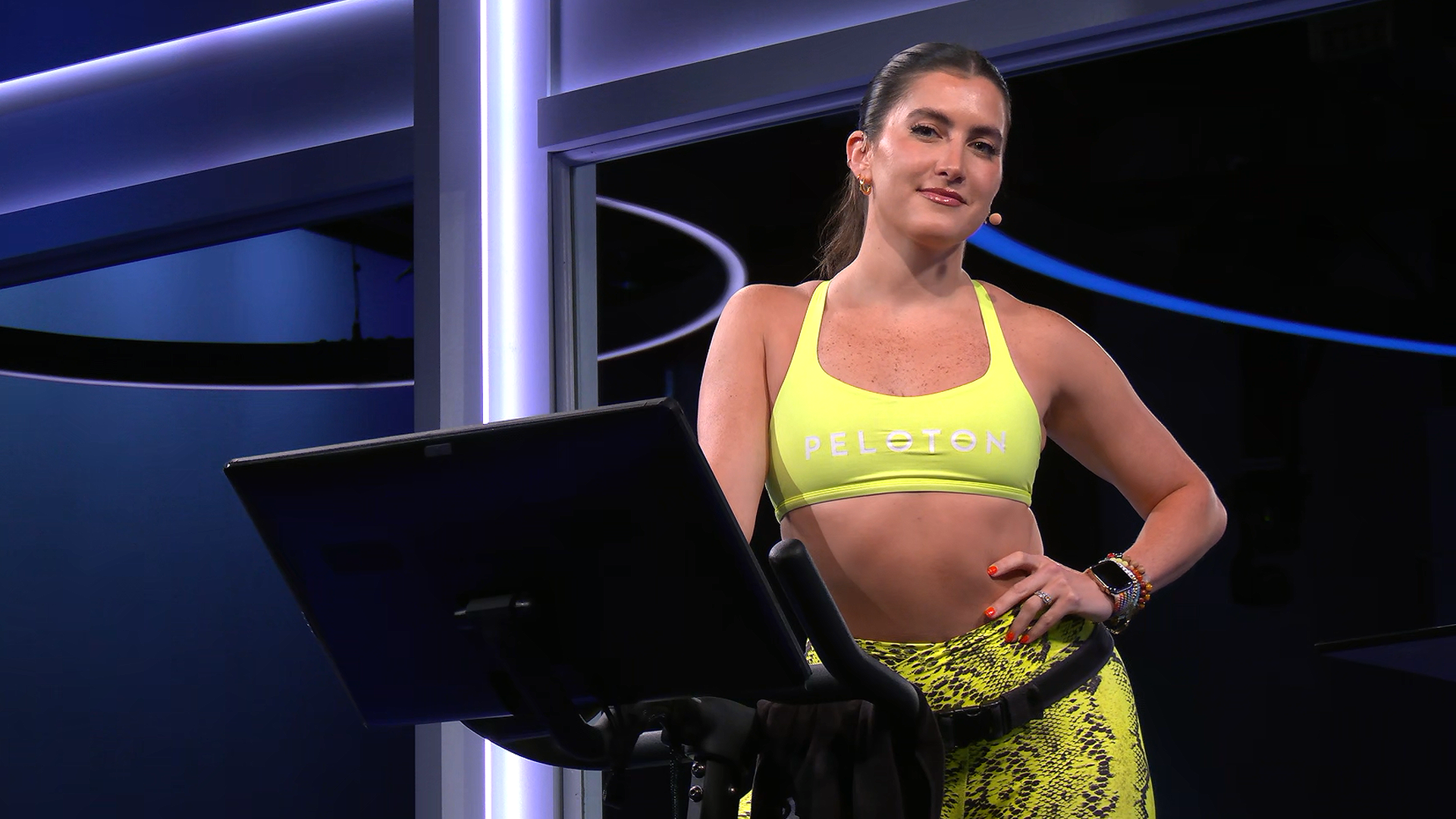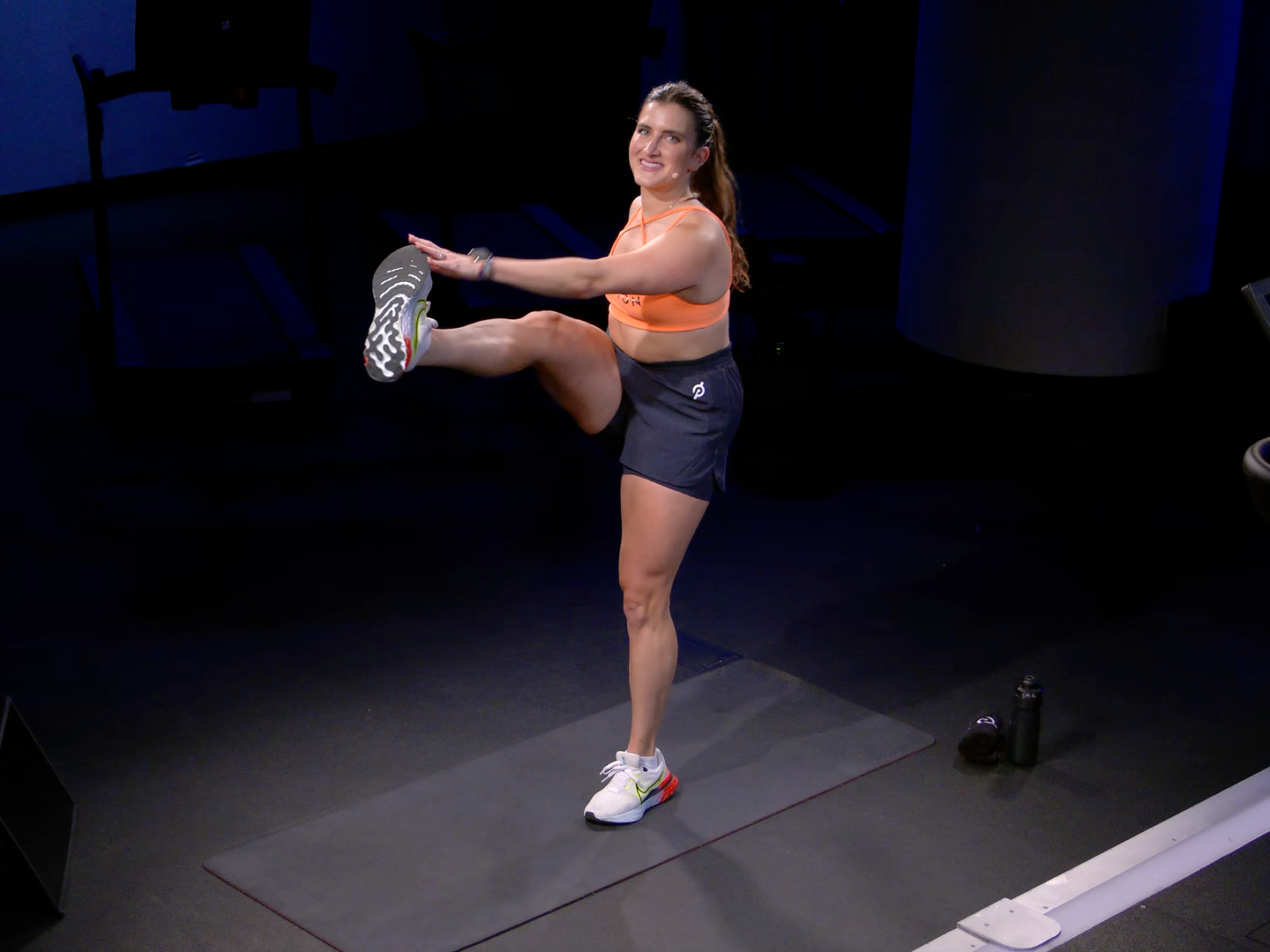What Causes Cycling Knee Pain?
How to Prevent Cycling Knee Pain
How to Manage Cycling Knee Pain
The Takeaway
Whether you prefer steep climbs or fast sprints, there’s one thing every cyclist can agree on: There’s nothing like knee discomfort to ruin a ride. Read on to find out everything you need to know about what’s behind your cycling knee pain, how to deal with it, and how to prevent it from recurring so you can get back in the saddle as soon as possible.
What Causes Cycling Knee Pain?
Most of the time, cycling-related knee pain occurs at the patellofemoral joint, or the place where your kneecap connects with your femur (thigh bone), says Kur Sohn, PT, DPT, OCS, a Doctor of Physical Therapy, Bike Fit Specialist, and the owner of Velo Fit in Herndon, VA. According to Sohn, that pain often begins as a dull ache you can ride through—but if you ignore it, it may eventually become a sharp, stabbing pain that forces you off the bike. (Reminder: You should never work out with this type of pain—see your doctor if you’re experiencing this.)
As he explains, the low-impact nature of cycling is a blessing and a curse. “Because cycling puts such a low load on the joints, you can cycle for a very long time before your tissues get irritated or angry at you.”
In other words, by the time you feel discomfort, your issue has probably been present for quite a while. That’s why it’s important not just to manage any pain, but also to nail down the cause. Here are some of the most common causes of cycling knee pain:
Incorrect Saddle Height
When you’re dealing with knee pain, one of the first things to look at is your saddle height, says Peloton cycling instructor Camila Ramon. While a personalized bike fitting is ideal, a great starting point is the Peloton platform itself. “Generally I would recommend that they go to the screen [on the Bike] where it teaches you how to do your bike fitting.”
According to Camila, “You always want to make sure there’s a slight bend in the knee at the bottom of the pedal stroke.” Sohn recommends about 25 to 35 degrees of knee flexion when your pedal is in the six o’clock position. Or, instead of placing the ball of your foot on the pedal as you normally would, rest your heel on the pedal and press down to bring it to the six o’clock position. If your saddle is at the correct height, you should be able to get there while fully straightening your knee and without having to tilt your pelvis, according to Sohn.

Footwear
Your knee pain could also be caused by your shoes. If you’re using clipless pedals, have a professional bike fitter evaluate your cleat placement, or at the very least try tweaking your cleat positions yourself. As Sohn explains, “If you have the cleat position wrong, then it throws everything else off up the [kinetic] chain.”
While everyone’s movement patterns and anatomy are different, Sohn says for most of us, moving the cleat back toward the heel is usually a good first step. “Most people can’t go wrong with bringing the cleat further back because that puts a little less strain on your achilles and your knees.”
Meanwhile, if your knee pain is at the outer edge of your knee as opposed to the front (at the patellofemoral joint), it may be an issue with your IT band. In that case, Sohn suggests moving your cleat to the right or the left to alleviate pressure on it.
A lack of arch support can also contribute to knee pain, says Sohn. Particularly if you have flat feet, your knee can “cave in,” putting undue strain on the joint. If that’s the problem, Sohn suggests placing a relatively inexpensive arch support, such as one from Superfeet, in your current shoe to see if it helps before investing in a custom orthotic.
Overtraining
As anyone with an overuse injury can tell you, there can be too much of a good thing. While it would be easier to attribute knee pain to your bike set-up, unfortunately, increasing your training load too quickly “is probably the number one culprit,” says Sohn. (Learn some of the common signs of overtraining.)
The issue might be volume, intensity, or a combination of both. So if you’re looking purely at mileage, you might not be seeing the entire picture. Even with a perfect bike fit and biomechanics, if you’re consistently completing high-intensity workouts without adequate recovery in between sessions, you may be setting yourself up for knee issues, says Sohn.
If you still want to stay moving on your recovery day, mobility and stretching classes or yoga classes, like those on the Peloton App, are a great complement to cycling.
How to Prevent Cycling Knee Pain
While dialing in your good bike fit, footwear, and training plan are key pieces of solving the puzzle of knee discomfort, once you get cycling knee pain under control, you can’t get back on your bike and forget about it. A proactive approach to preventing future knee pain before it happens is key. Enter cross-training.
According to Camila, cross-training helps to strengthen the muscles around the knee joint, such as the quads, hamstrings, and glutes, which goes a long way toward keeping the joint stable and pain-free. Also, she says “It’s essential to incorporate strength movements in the lateral and transverse planes to ensure that your body moves in all ranges of motion, not just one.” That might look like weight training, dance cardio, yoga, Pilates, swimming, or pickleball, to name a few.
To get the most bang for your buck, Sohn recommends strength training at least twice a week. Full-body workouts can minimize some of the biomechanical issues that cyclists can have, he explains.
Whatever you do, include glute strengthening exercises into your routine, says Sohn. When you’re riding, your glutes should be working to stabilize your knee, and keep it from “caving in.” If not, “that piston-like motion you’re looking for in the knee doesn’t occur,” he explains. Not only is this inefficient but it can cause knee pain, too.
To prevent this common issue, Sohn suggests moves like clamshells or looping a mini-band around your ankles, flexing your knees and hips to 90 degrees, standing on one leg, and abducting the other leg out to the side, and then slowly bringing it back to midline. He recommends doing these at least three times a week and briefly before every ride to activate your glute muscles.

How to Manage Cycling Knee Pain
If you’re experiencing knee pain while cycling, you may need to take some time off from your regular workouts and talk to your doctor. Additionally, you’ll want to manage the immediate pain. Here are some options:
Ice the affected area: “Ice is always going to be your friend,” due to its numbing effect, says Sohn.
Be strategic with your pain medication: Sohn says many people are too quick to pop non-steroidal anti-inflammatory drugs (NSAIDs) like ibuprofen. They’re designed to reduce inflammation—but the inflammation response promotes healing, according to Sohn. That’s why he suggests waiting 48 hours from the onset of pain to take them.
Use compression: “Compression is actually better than just ice,” says Sohn. While ice provides pain relief by numbing the area, compression actually addresses the root cause of the pain—the swelling that’s creating tension within the joint space. Sohn suggests an Ace bandage or a compression sleeve you can find at the pharmacy.
Sometimes you need more than a DIY solution to manage the pain, though. Sohn advises seeking medical attention if your pain is greater than five out of ten and persists for more than 24 hours.
The Takeaway
Knee discomfort might take you out of the saddle temporarily but it doesn't have to keep you from enjoying the bike forever. Ensuring proper bike fit, using proper footwear, cross-training, and managing pain effectively, go a long way toward allowing you to ride comfortably. As Camila reminds us, “Be smart with your training and cross-training so you can do all the things that you love longer.”
This content is for informational and educational purposes only and does not constitute individualized advice. It is not intended to replace professional medical evaluation, diagnosis, or treatment. Seek the advice of your physician for questions you may have regarding your health or a medical condition. If you are having a medical emergency, call your physician or 911 immediately.
Level up your inbox.
Subscribe for a weekly dose of fitness, plus the latest promos, launches, and events.
